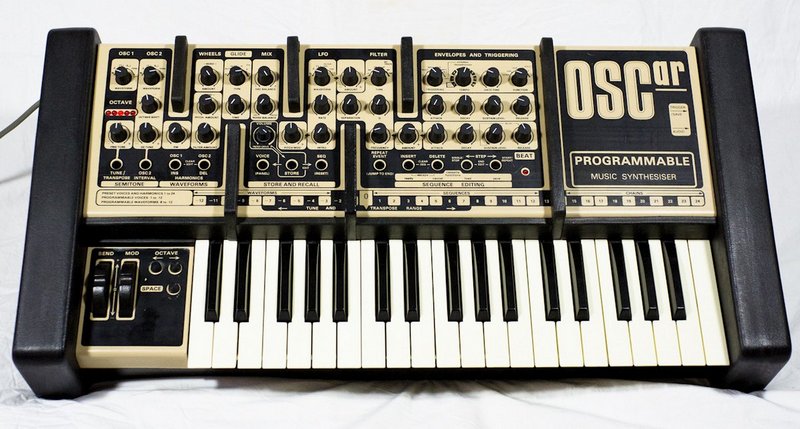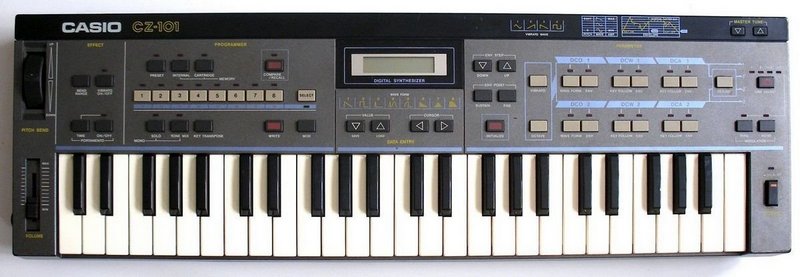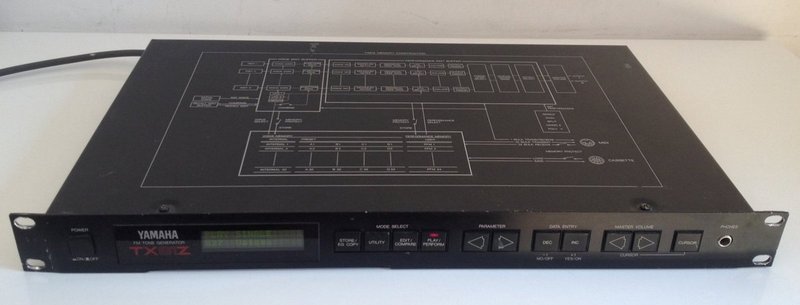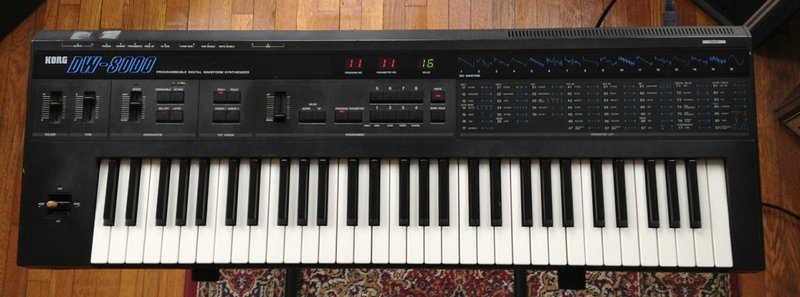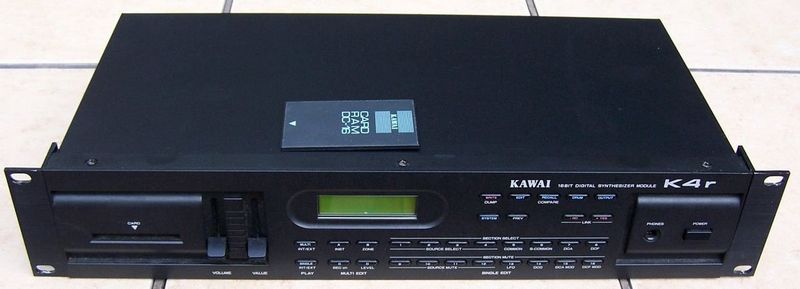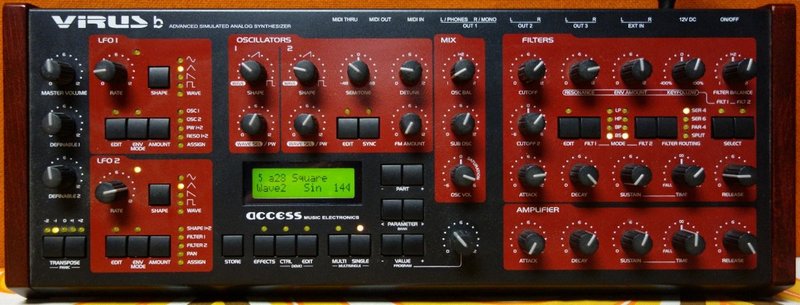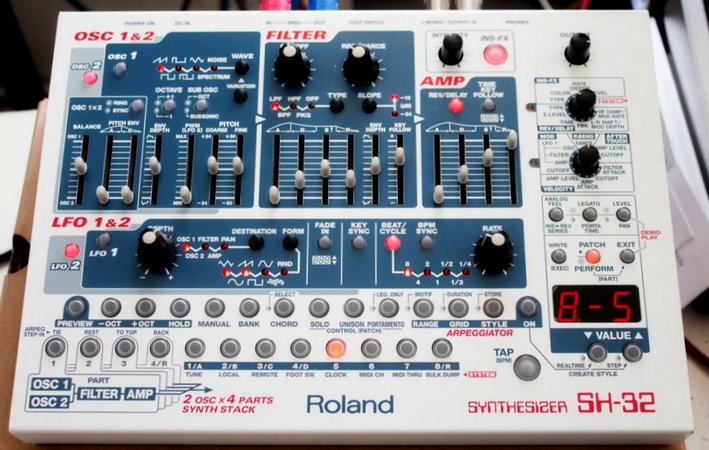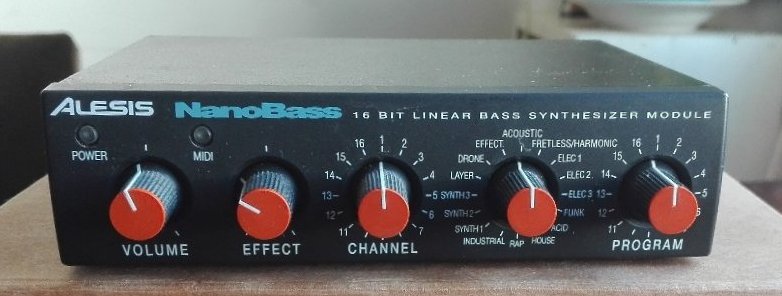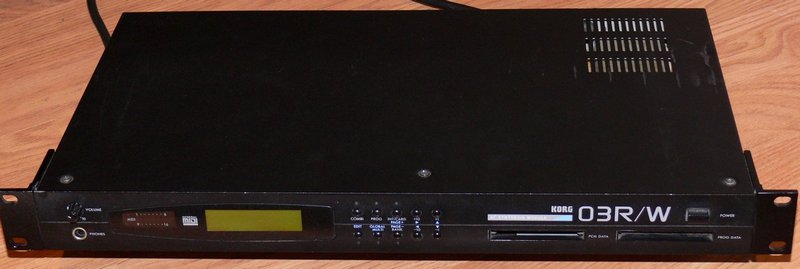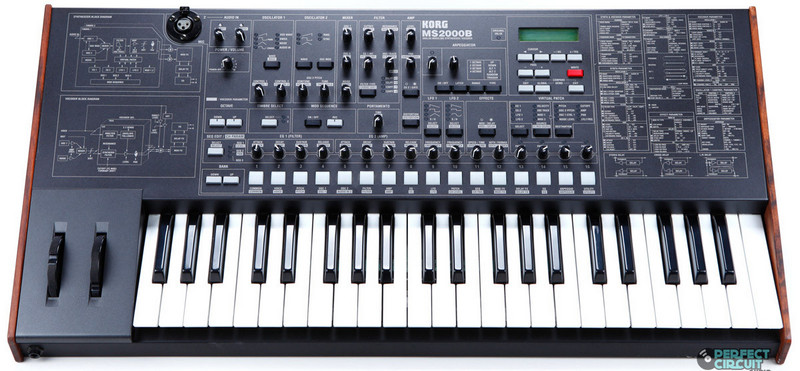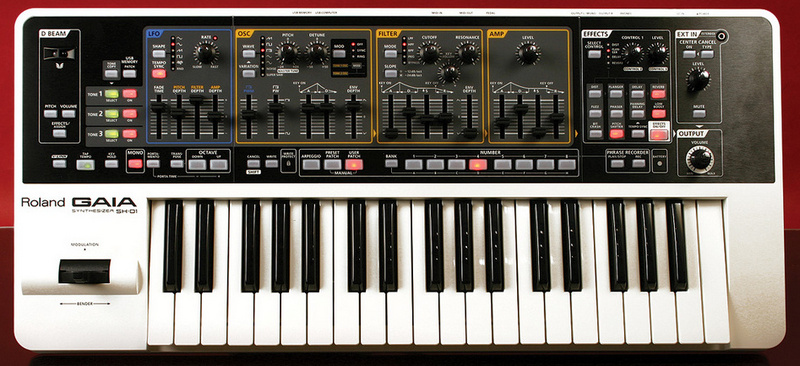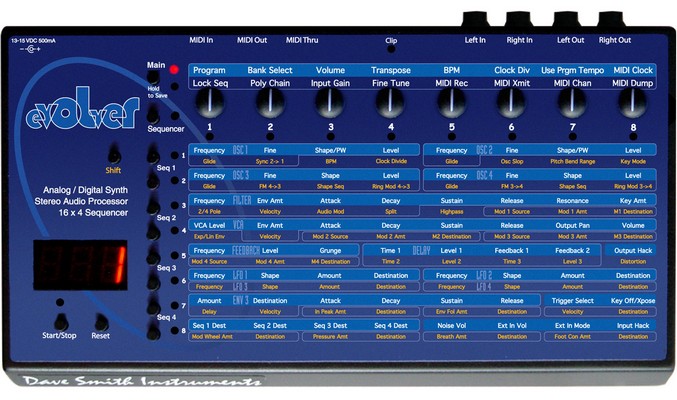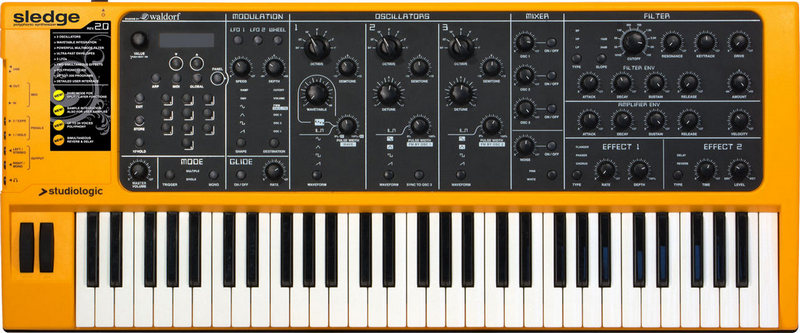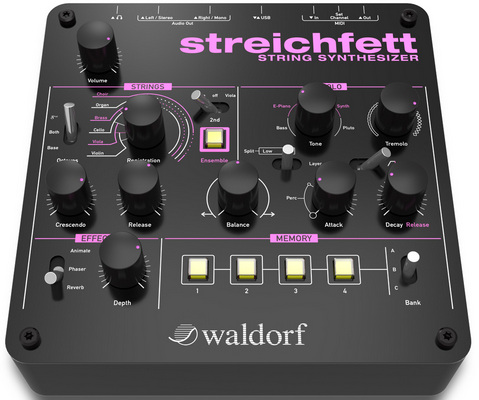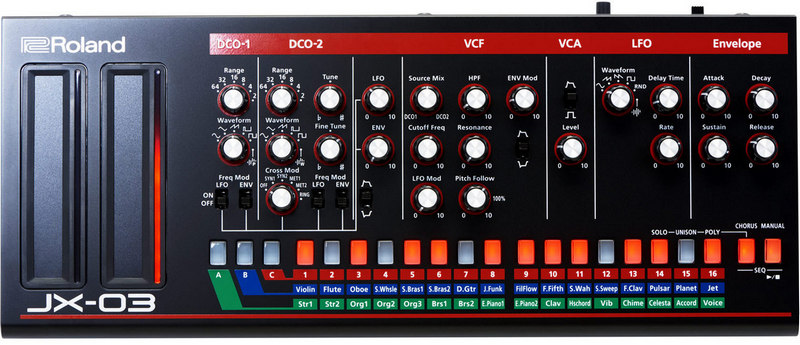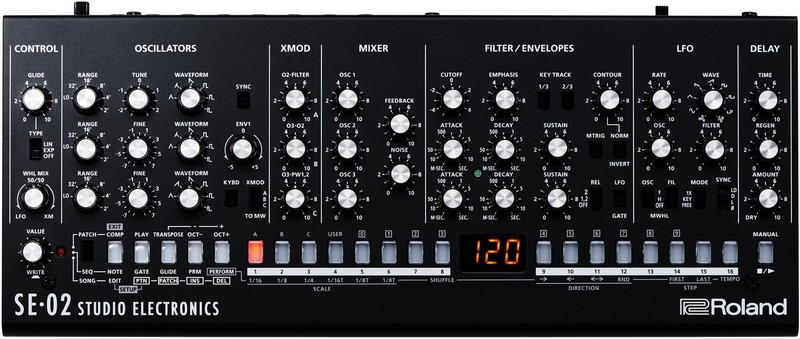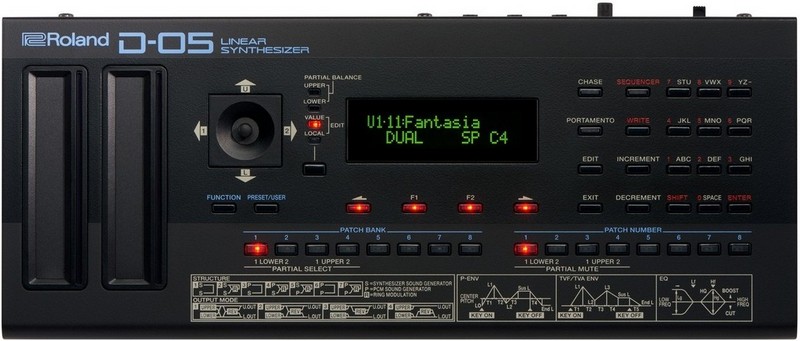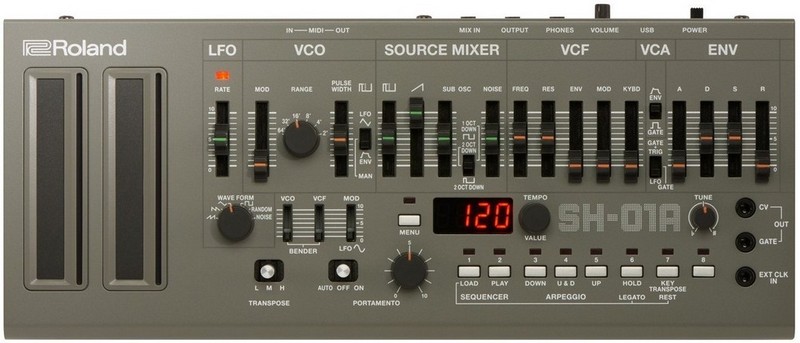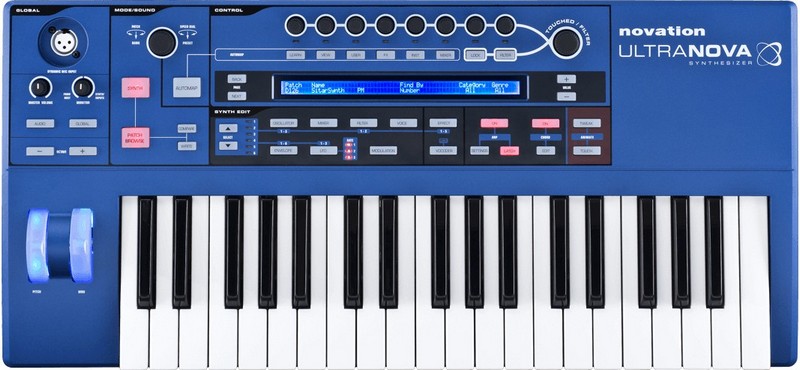|
|
||
|
|
||
|
Roland JX-3P |
||
|
1983 |
||
|
This was the first serious piece of kit I managed to purchase, courtesy of my pay off at the end of my apprenticeship. Not as highly regarded as its stable mates the Juno 6 and Juno 60 but I'm glad I bought it. It has the benefit of the extra oscillator. I also got the optional programmer (PG200) without which it would be a bugger to program. To my knowledge it was Rolands first MIDI synthesizer and the second only to the SCI Prophet 600 in being the first to have the interface. The MIDI spec though is limited by today's standards. Considering it's age it still works perfectly. It had been removed from my setup and replaced by the JX-03 but then due to the failure of the Korg DW8000 I had space for it so it got a reprieve. |
||

